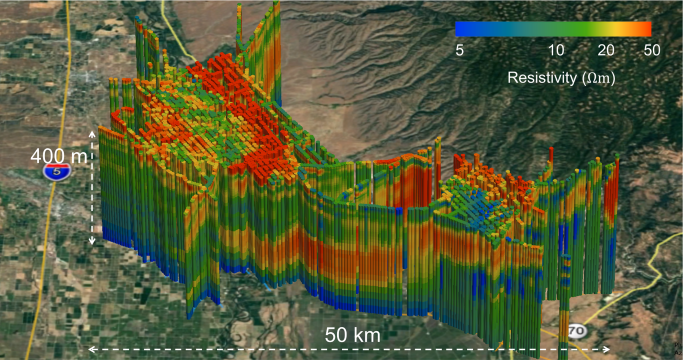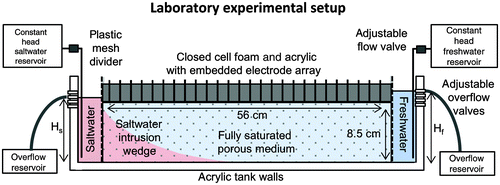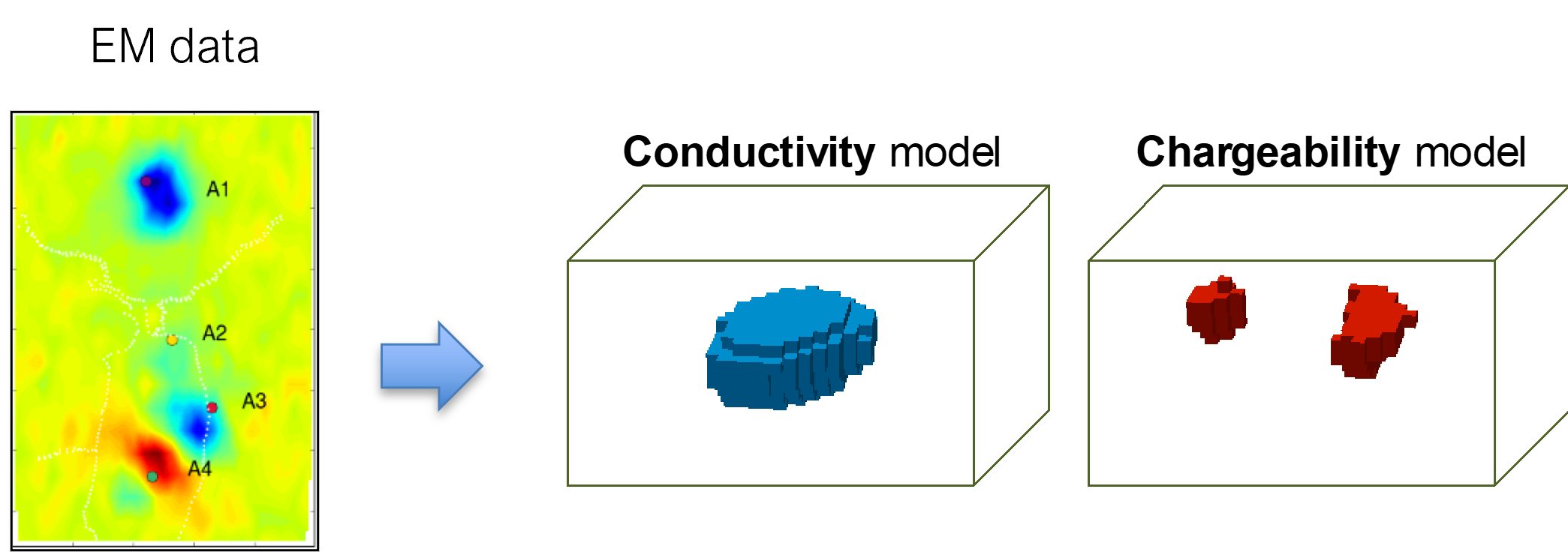Inversion of airborne geophysics over the DO-27/DO-18 kimberlites - Part 3: Induced polarization
Info
- Journal: Interpretation
- doi: 10.1190/INT-2016-0141.1
Abstract
The geologically distinct DO-27 and DO-18 kimberlites, often called the Tli Kwi Cho (TKC) kimberlites, have been used as a testbed for airborne geophysical methods applied to kimberlite exploration. This paper focuses on extracting chargeability information from time-domain electromagnetic (TEM) data. Three different TEM surveys, having similar coincident-loop geometry, have been carried out over TKC. Each records negative transients over the main kimberlite units and this is a signature of induced polarization (IP) effects. By applying a TEM-IP inversion workflow to a versatile time domain EM (VTEM) data set we decouple the EM and IP responses in the observations and then recover 3D pseudo-chargeability models at multiple times. A subsequent analysis is used to recover Cole-Cole parameters. Our models demonstrate that both DO-18 and DO-27 pipes are chargeable, but they have different Cole-Cole time constants: 110 and 1160 μs, respectively. At DO-27, we also distinguish between two adjacent kimberlite units based on their respective Cole-Cole time constants. Our chargeability models are combined with the density, magnetic susceptibility and conductivity models to build a 3D petrophysical model of TKC using only information obtained from airborne geophysics. Comparison of this final petrophysical model to a 3D geological model derived from the extensive drilling program demonstrates that we can characterize the three main kimberlite units at TKC: HK, VK, and PK in three dimensions by using airborne geophysics.
Citation
Kang, S., D. Fournier, and D. W. Oldenburg, 2017, Inversion of airborne geophysics over the DO-27/DO-18 kimberlites - Part 3: Induced polarization: Interpretation, 5, T327–T340. doi: 10.1190/INT-2016-0141.1



